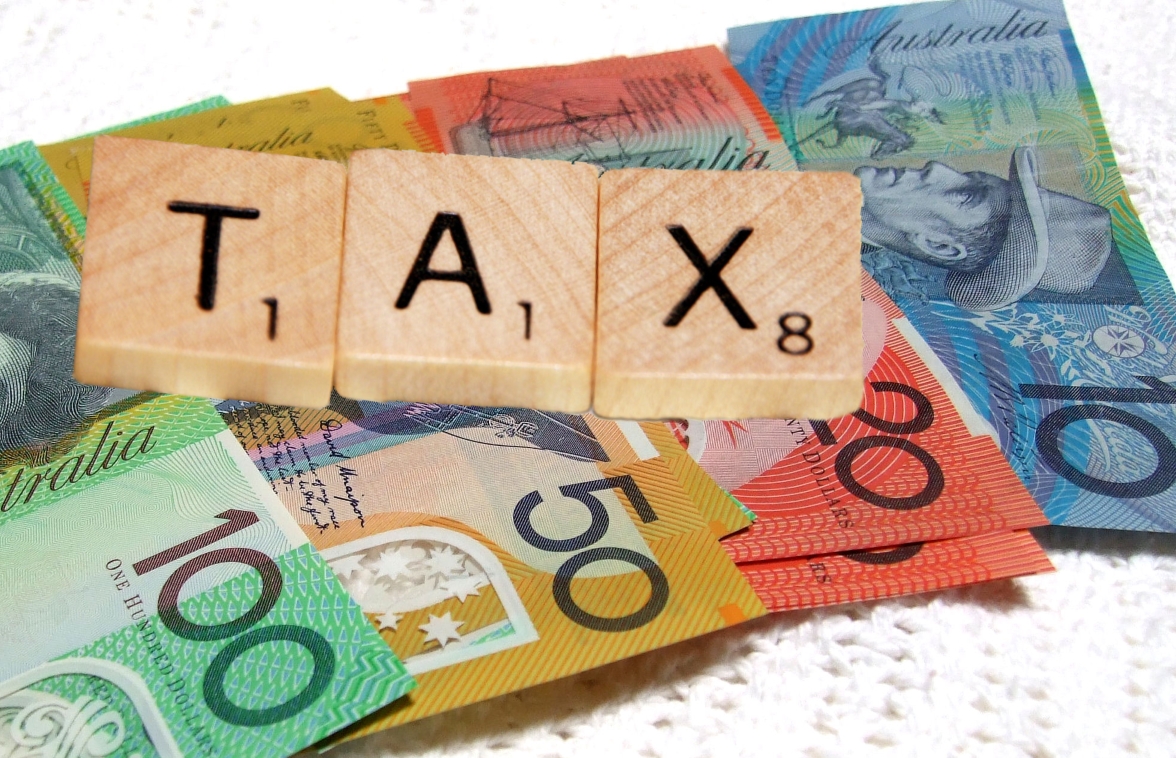
23 Feb New Company Tax Rate
NEW COMPANY TAX RATE
What does it mean for your current or future structures?
In the 2016 tax year the company tax rate of 30% dropped down to 28.5% if the turnover of the company was under $2m.
On the 31/3/17 the government announced that the tax rate would be further cut to 27.5% for any companies with a turnover under $10m and that the change would come into effect this current tax (2017) year.
Grow Accounting has generally advised a trust structure is best for small business and property developments; but has this all changed?
In our view the answer is that in most cases a trust structure will remain on balance the best fit for business and developer clients, and here is why:
A company doesn’t have access to the 50% general capital gains discount. This means if you sell your business in a company structure you could end up paying more capital gains tax2.
A company is very inflexible for remunerating the owners of a start-up business, small business or property developments with uneven cashflow and profits.
For example if you pay yourself a wage – this will also mean you need to pay PAYG Withholding Tax and Super. Often when facing uneven cashflow paying yourself a consistent wage and super can be a real drain. Even though you don’t technically ‘have’ to pay a wage consistently, if its not consistent it becomes a bit of guesswork which you best get right so you don’t put the business into a loss position while paying unnecessary tax on your wage. Any money you pull out of a company that isn’t a wage or a dividend becomes a loan to you and must be paid back with interest within 7 years.
Trusts are not treated the same way and money can be withdrawn from the bank without having to be treated as a loan or wage – it is simply a drawing of future profits and hence allows a great deal of flexibility especially for tax planning.
The flexibility in a trust means the profit can be to distribute to individuals, trusts or companies.
As such the rule before the changes to the company tax rate was that an individual could earn $150,000 before the 30% company tax rate resulted in cheaper tax paid. This is the total income for that individual taking into account any other income i.e wages, interest, rent and any deductions. Therefore a property development in a trust would have to earn over $150,000 profit and distribute that profit to an individual before the company tax rate was cheaper. If there is a couple the trust could earn $300,000 in profit.
With the decrease in the tax rate to 27.5%3 this has now dropped down to $107,500 profit per person.
So what happens after that?
At that stage in undertaking yearly tax planning with you we would suggest you setup a company. We would then funnel any additional profit over the above limit to the company to utilize the new tax rate.
It is very important to note that any profits that go to a company must be physically paid to the company’s bank account.
You could then use the funds in the company to lend it to out entities to purchase property or shares or pay yourselves dividends in future years when your income is not over the threshold or as required.
Let’s look at an example:
Bob & Mary are married with two children under the age of 10. They are in the business of property developing and they currently operate through a trust. Their sales for the 2017 year are $4million and as such they can utilize the new tax rate. Their profit for the year is $250,000.
Mary is on a salary in the health sector of $120,000, this means that we wouldn’t give her any profit from the trust.
We would give each of the children the limit of $416 each ($832 in total) and Bob a profit distribution of $107,500.
The remaining $141,688 would go to the company.
The tax paid on the $250k profit would be:
- Children – nil
- Bob – $29,557
- Company – $38,964
- Total Tax Paid: $68,521.
If the development had been in a company then the total tax of $68,750 would be payable (roughly the same) however all the profits would be in the company and Bob would either have to wait till the next financial year to pay himself a dividend with the attached franking credits (franking credits would only come into existence once actual tax paid) or pay himself a wage of $107,500 which would mean that the company would also have to pay $10,212.50 extra in super4.
Essentially, we see that assuming that a lower tax rate for a company is reason enough to establish one can be poor planning; when a trust allows for a similar total tax paid but far superior flexibility.
Good tax planning has just become even more important in your business decision making.
As always our articles are general in nature and are not to be taken as personal advice tailored for your situation.
- For companies with a turnover over $10m this tax cut will be phased in from 2018 – 2024. This article is not addressing these larger companies.
- The government recently changed the CGT so you can roll-over a business into a new structure so this could be minimised down the track by changing to a trust structure.
- The company tax rate will have a further reduction down to 27% – however this isn’t going to kick in until 2024 so we won’t address this in this article.
- Whilst paying super and planning for retirement is not a negative thing the company structure does not give flexibility whether or not to pay this at this time


